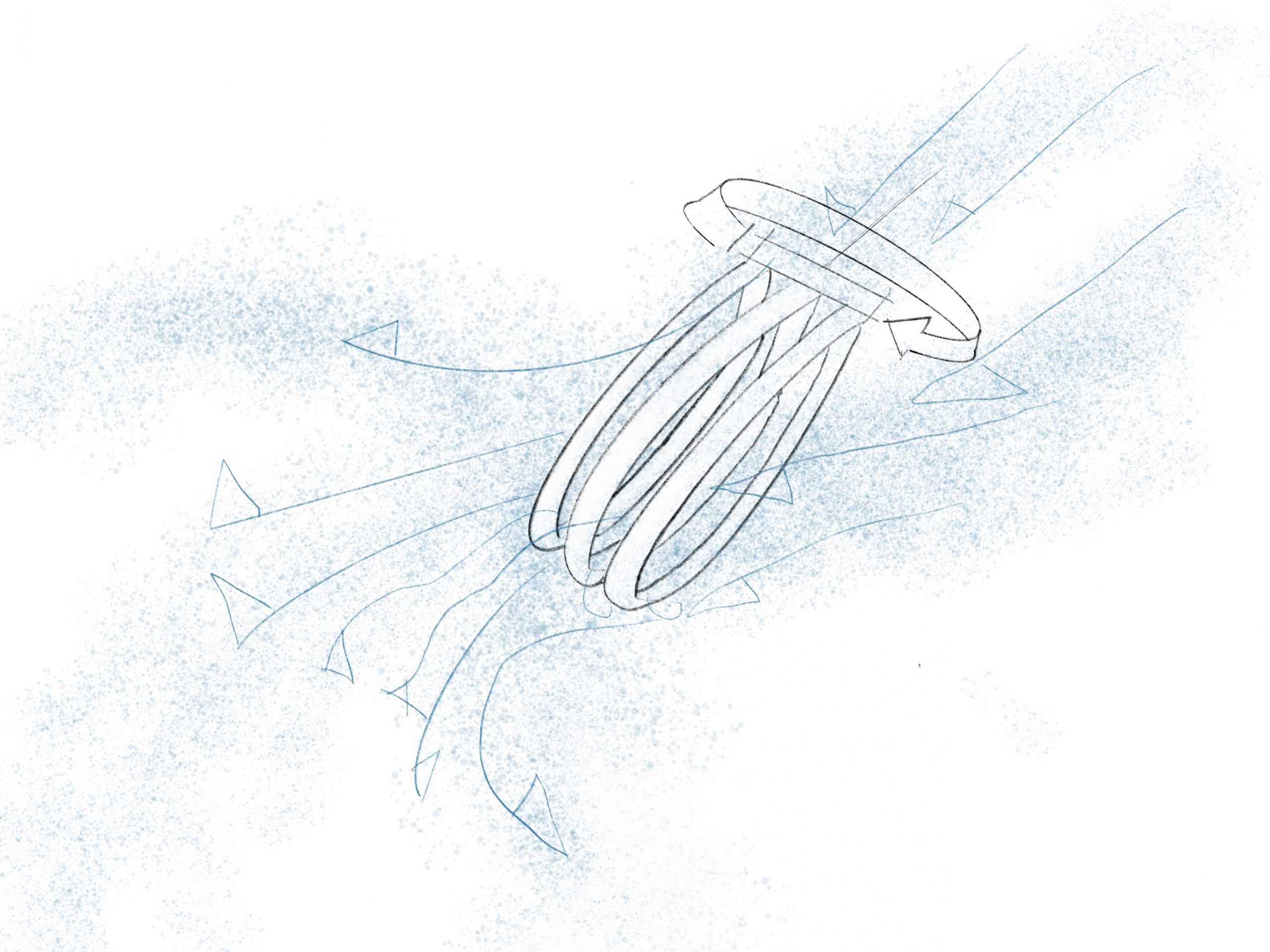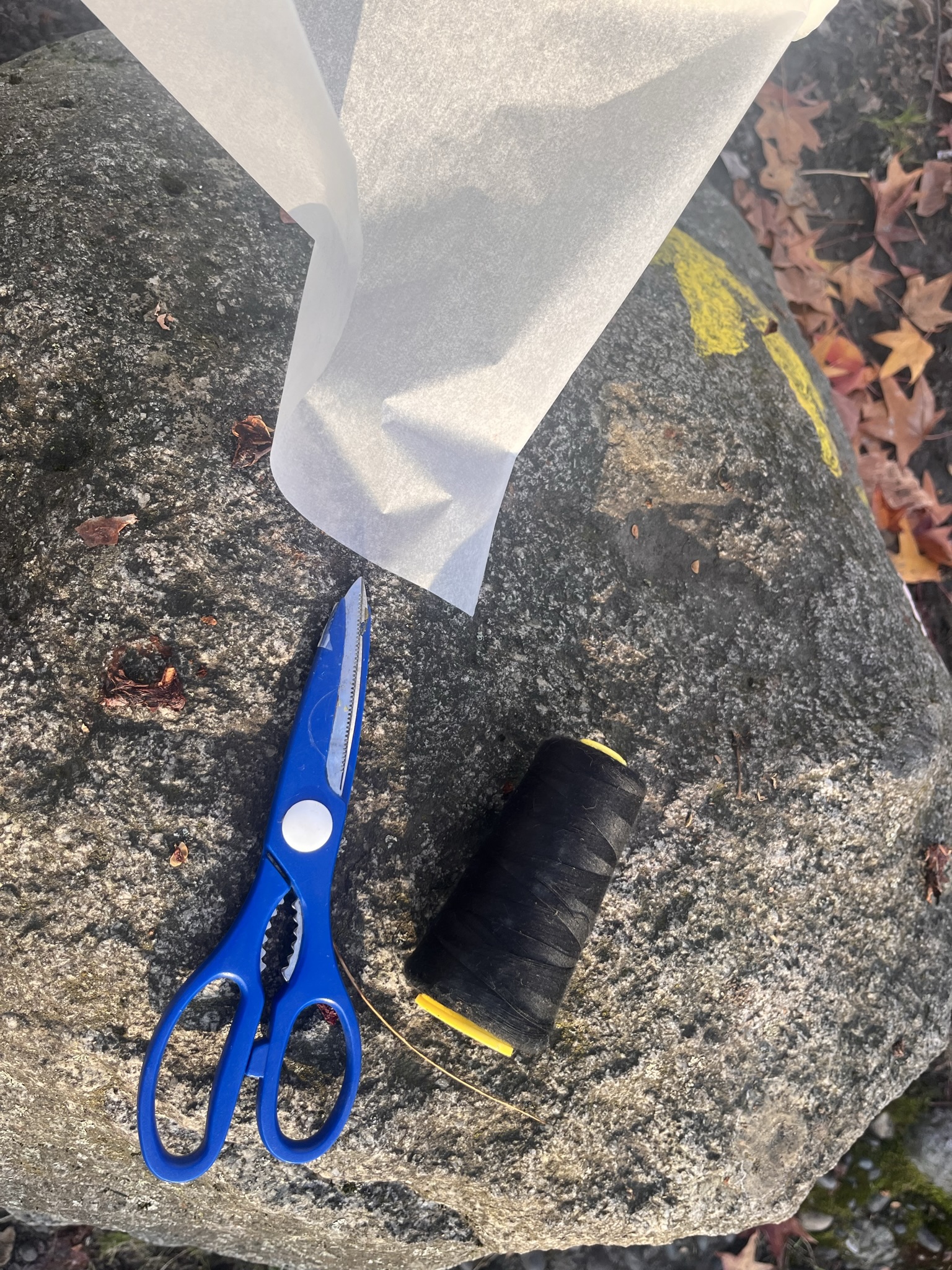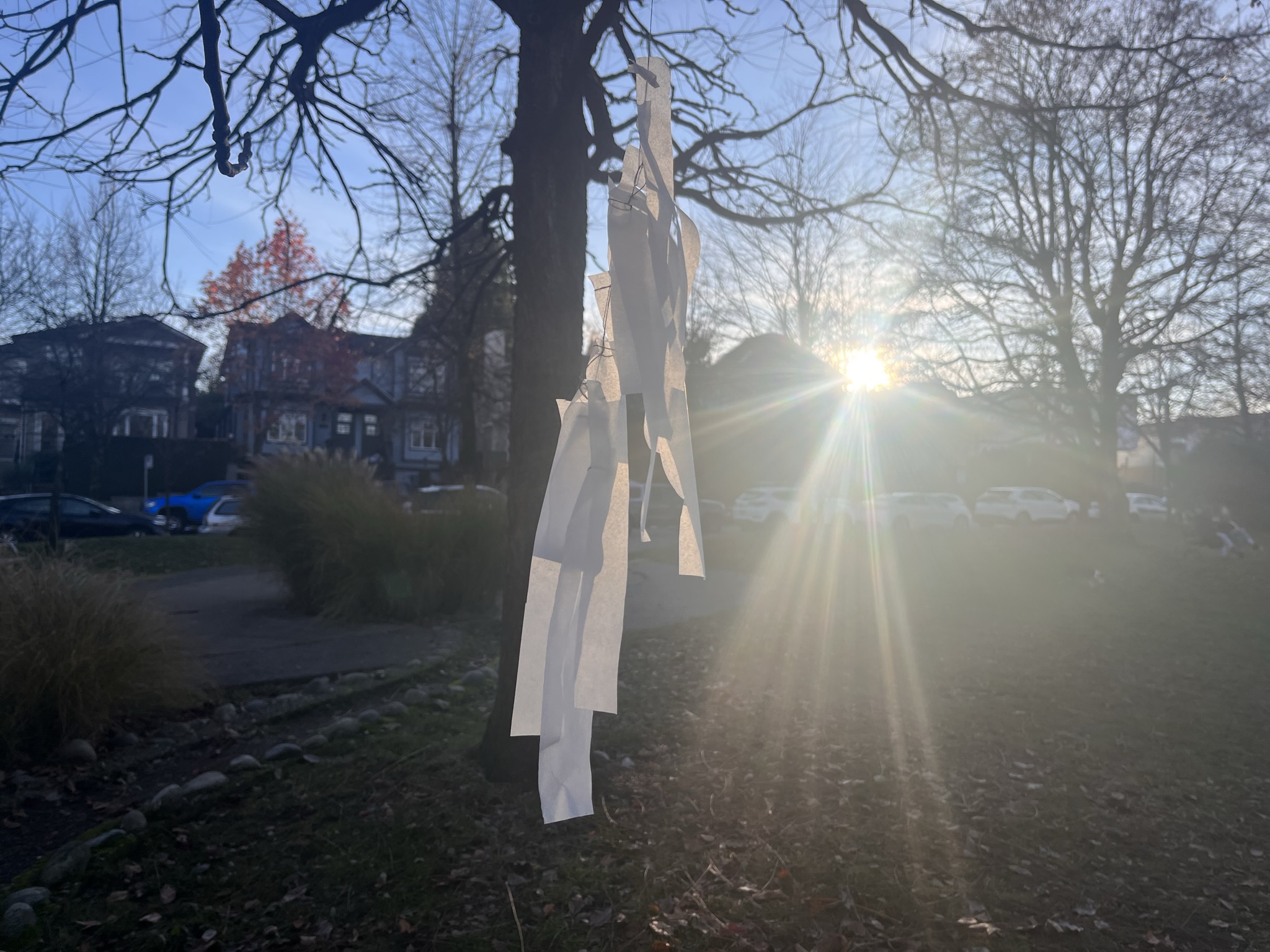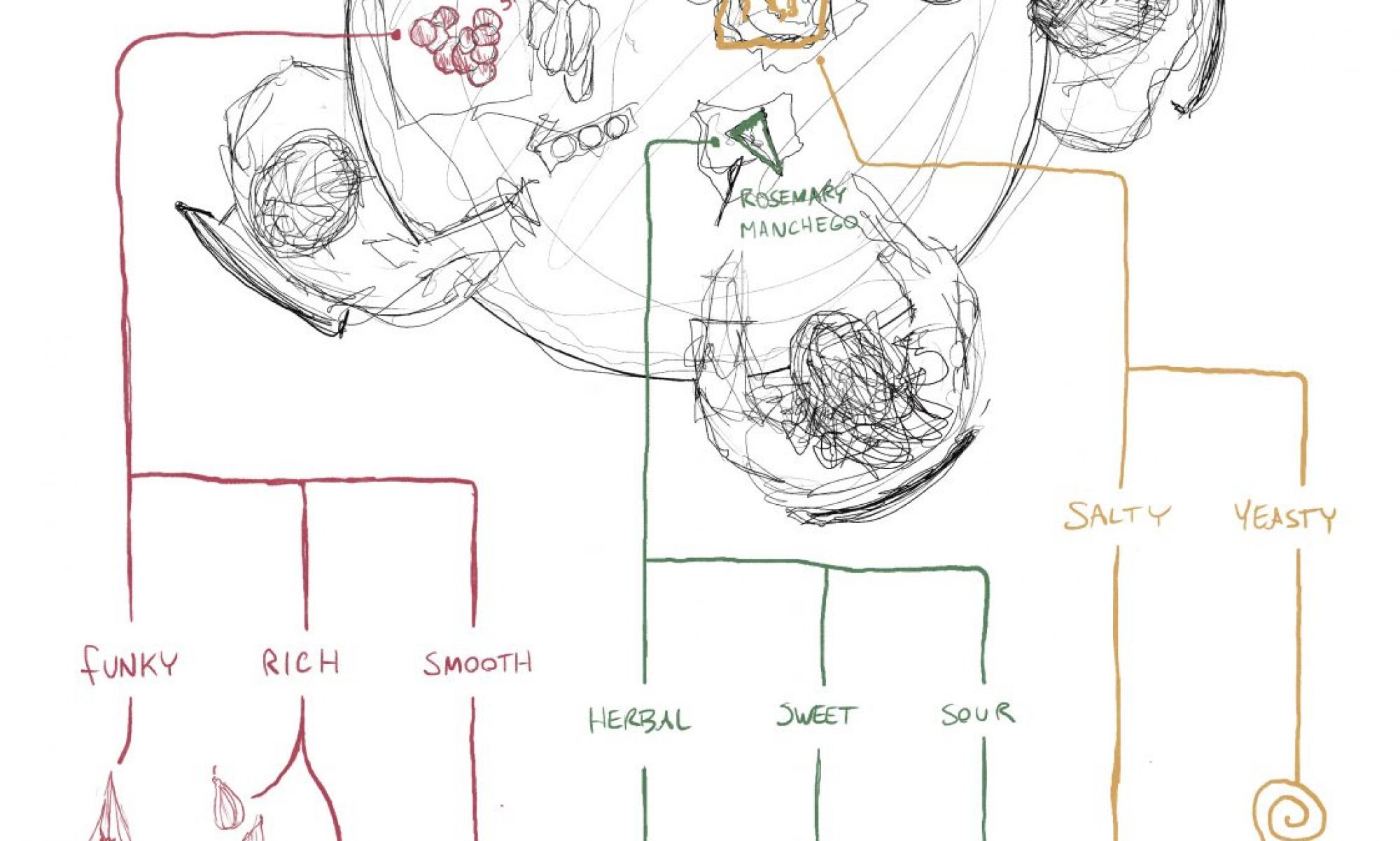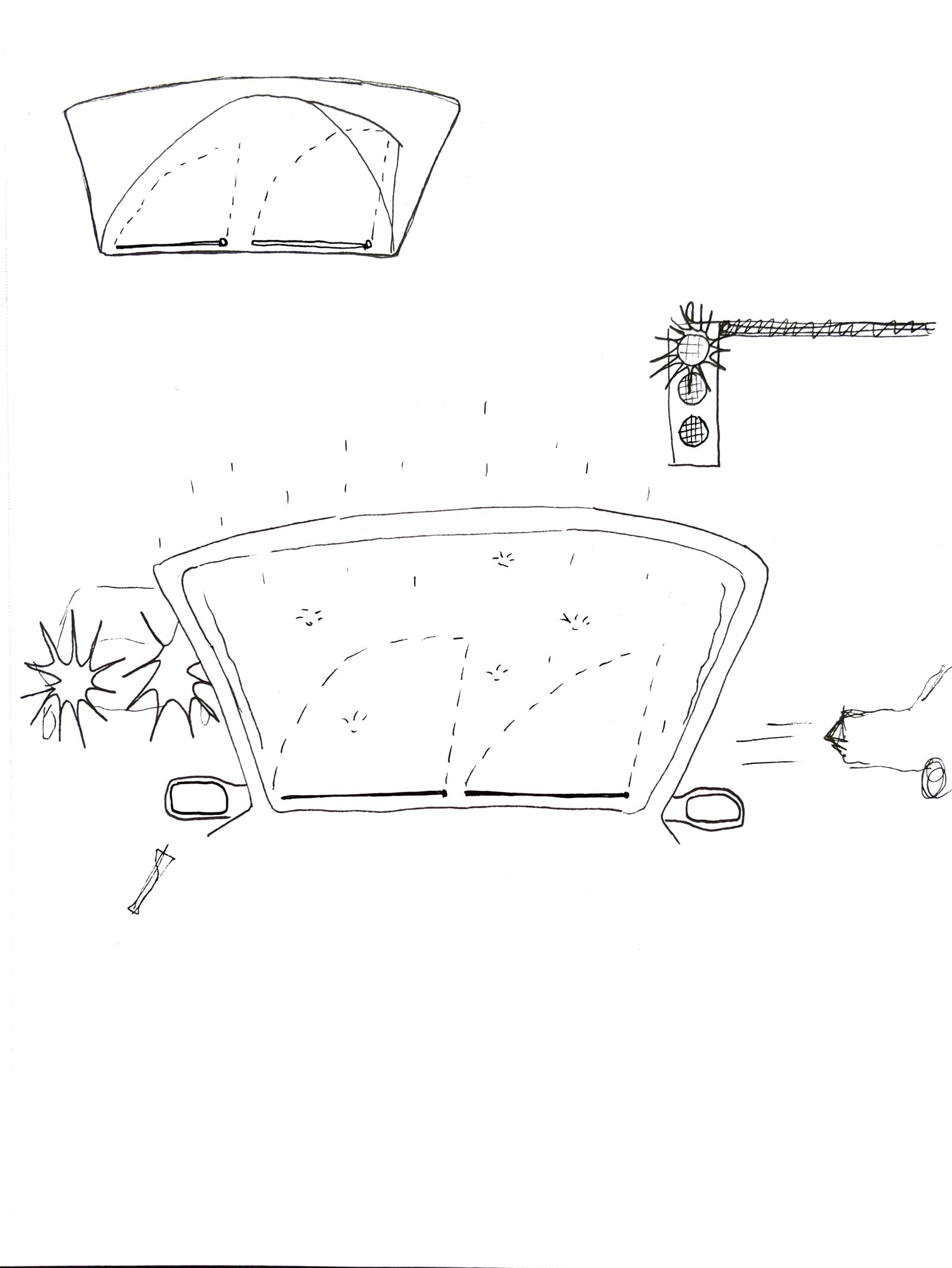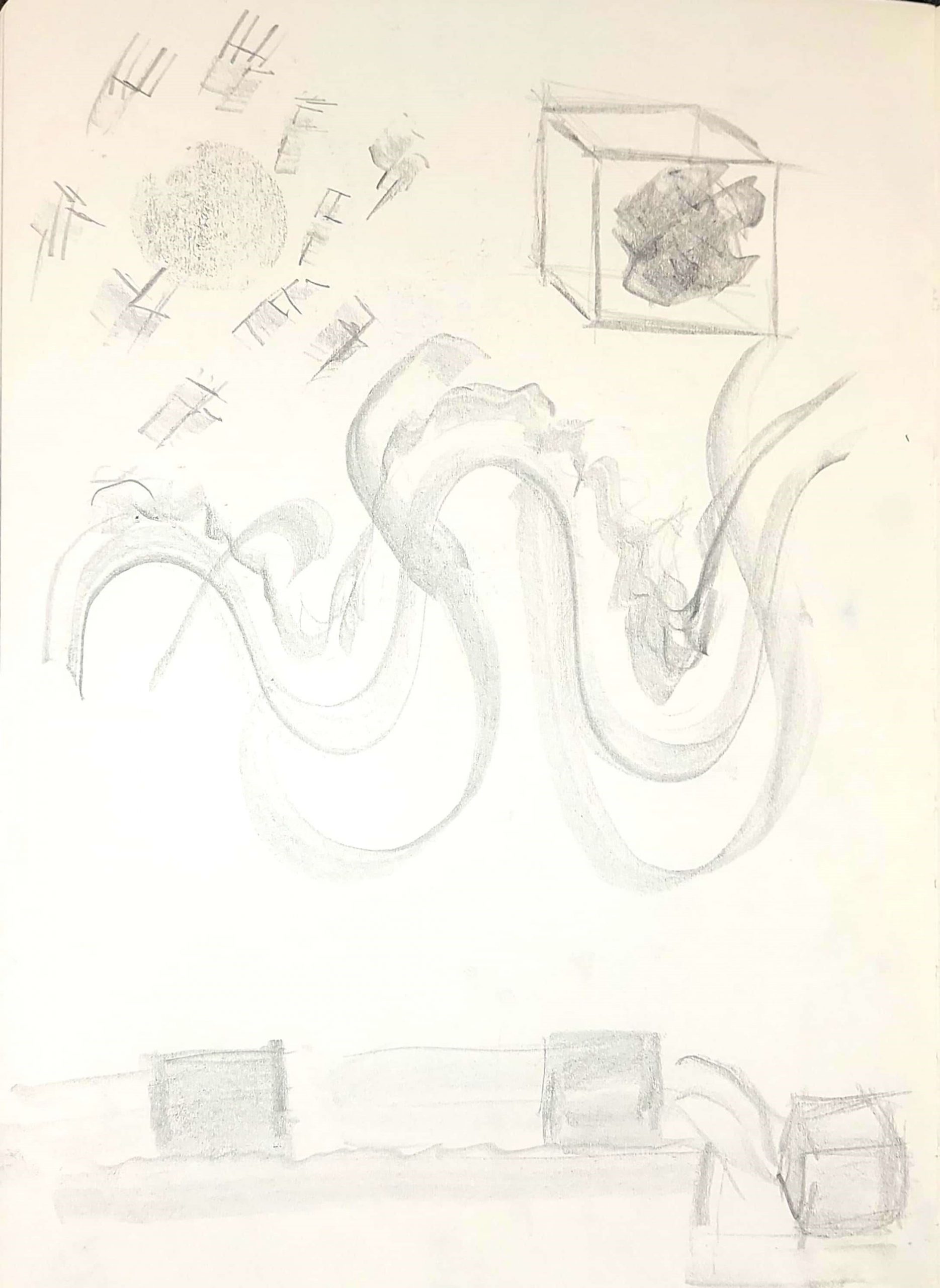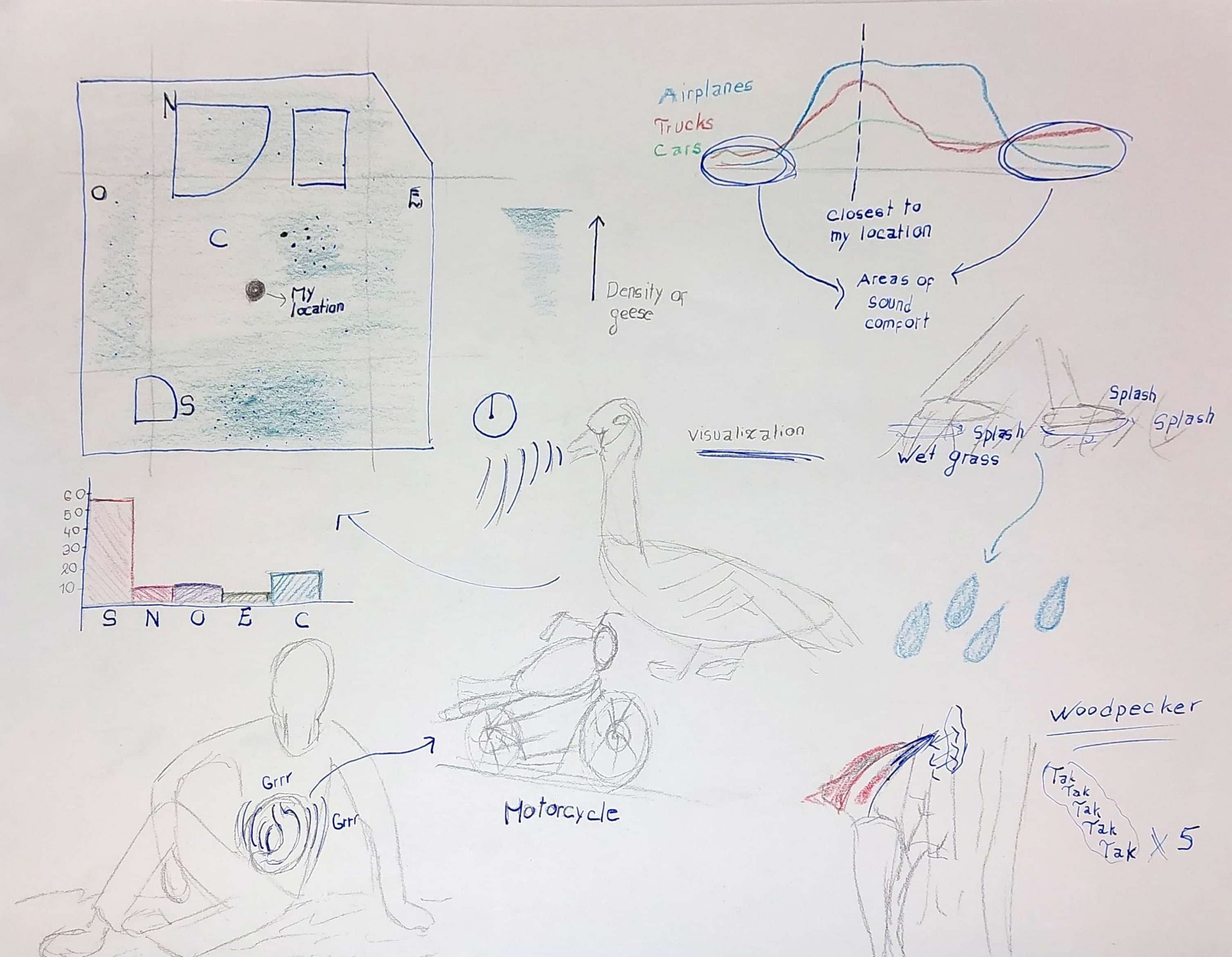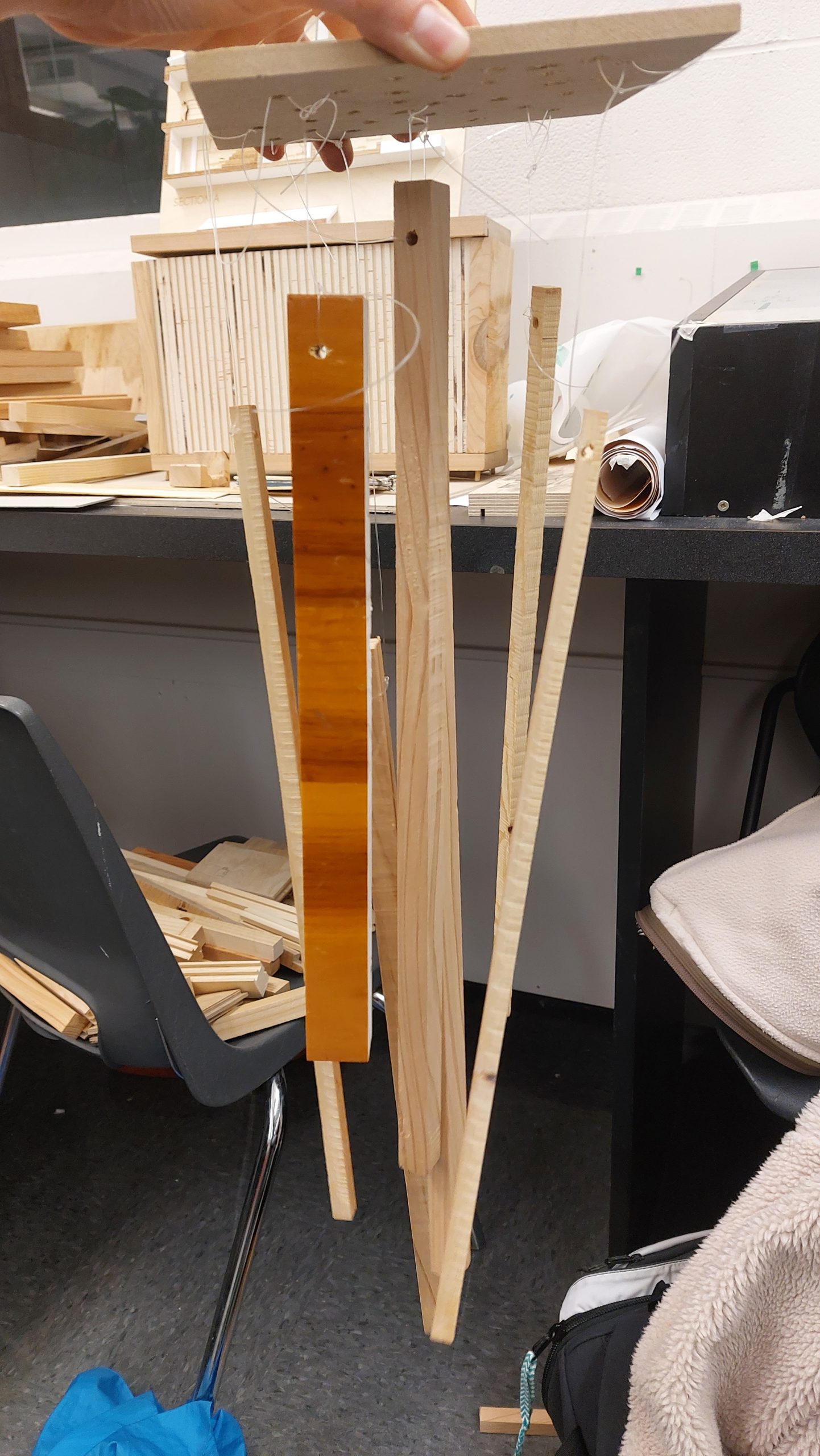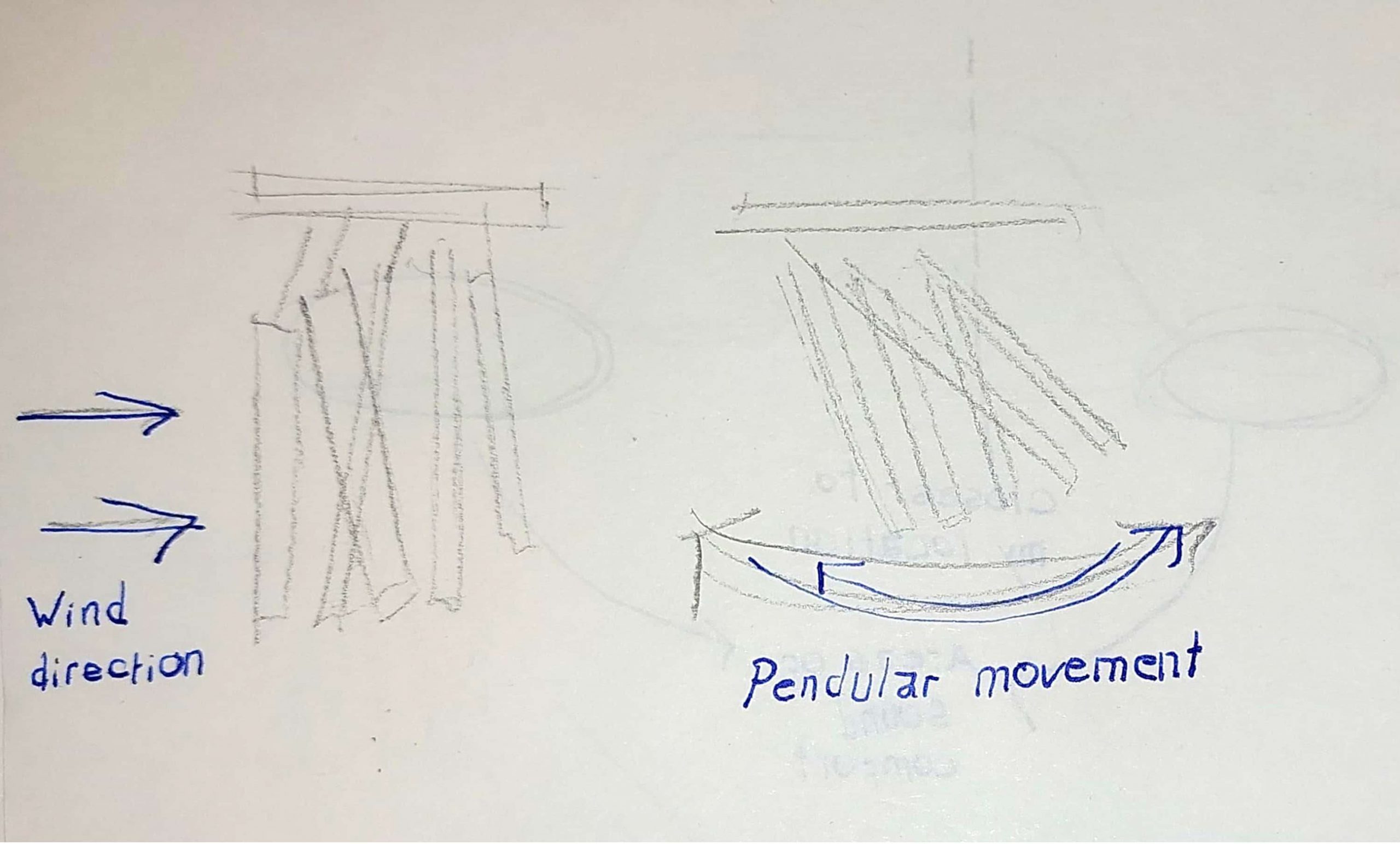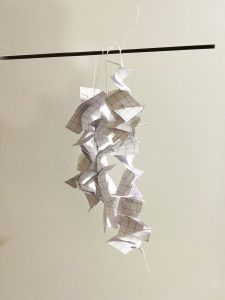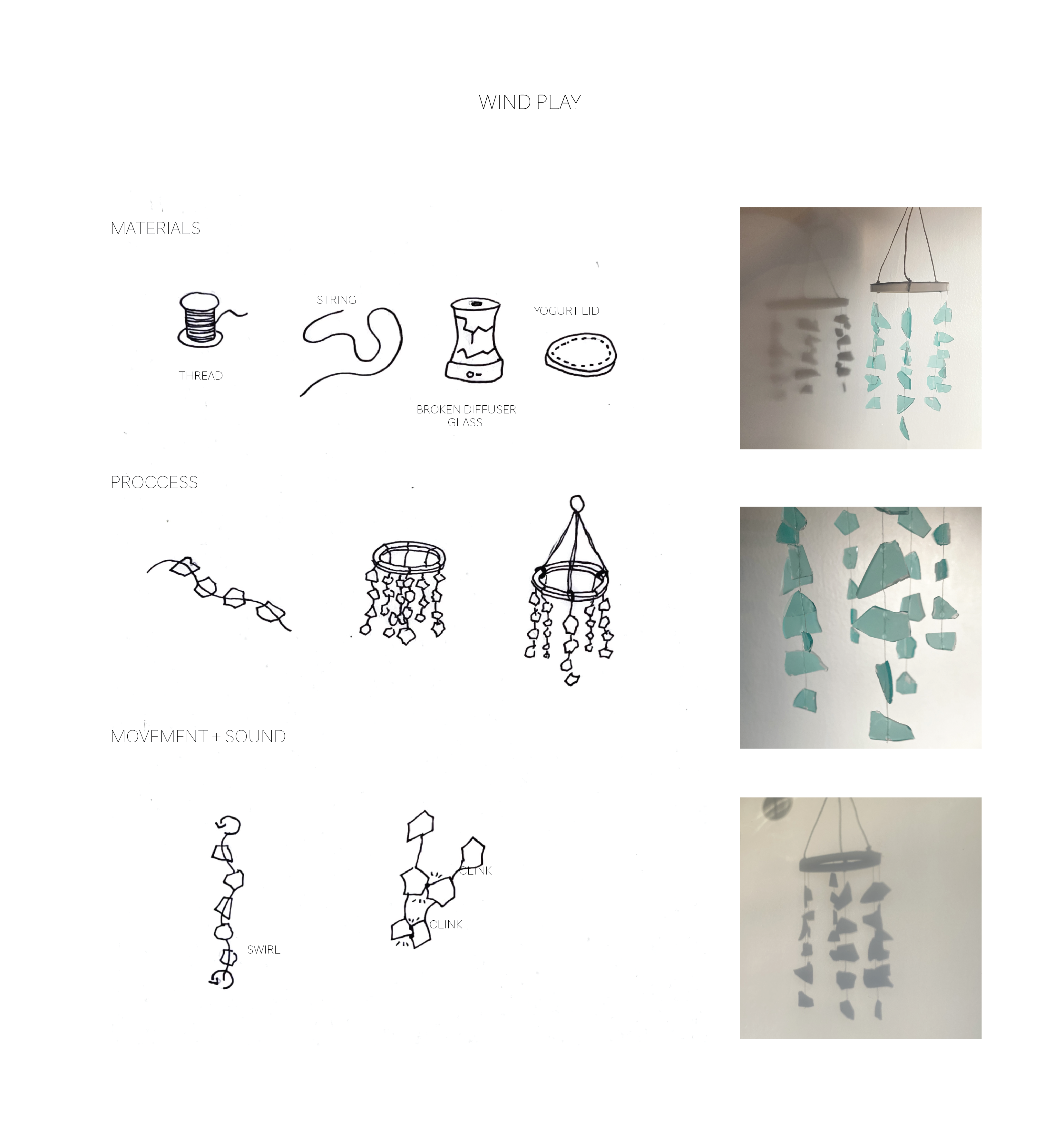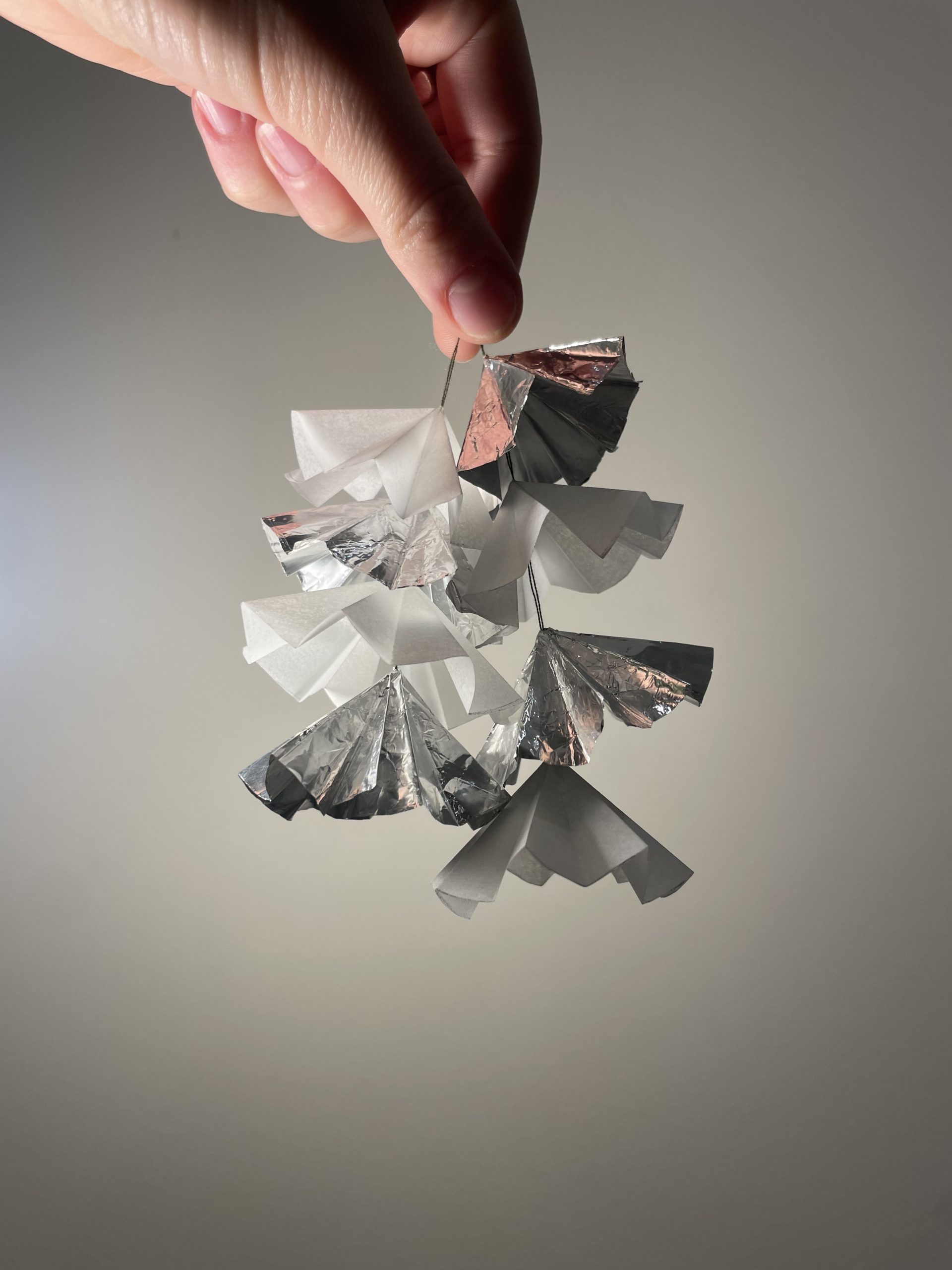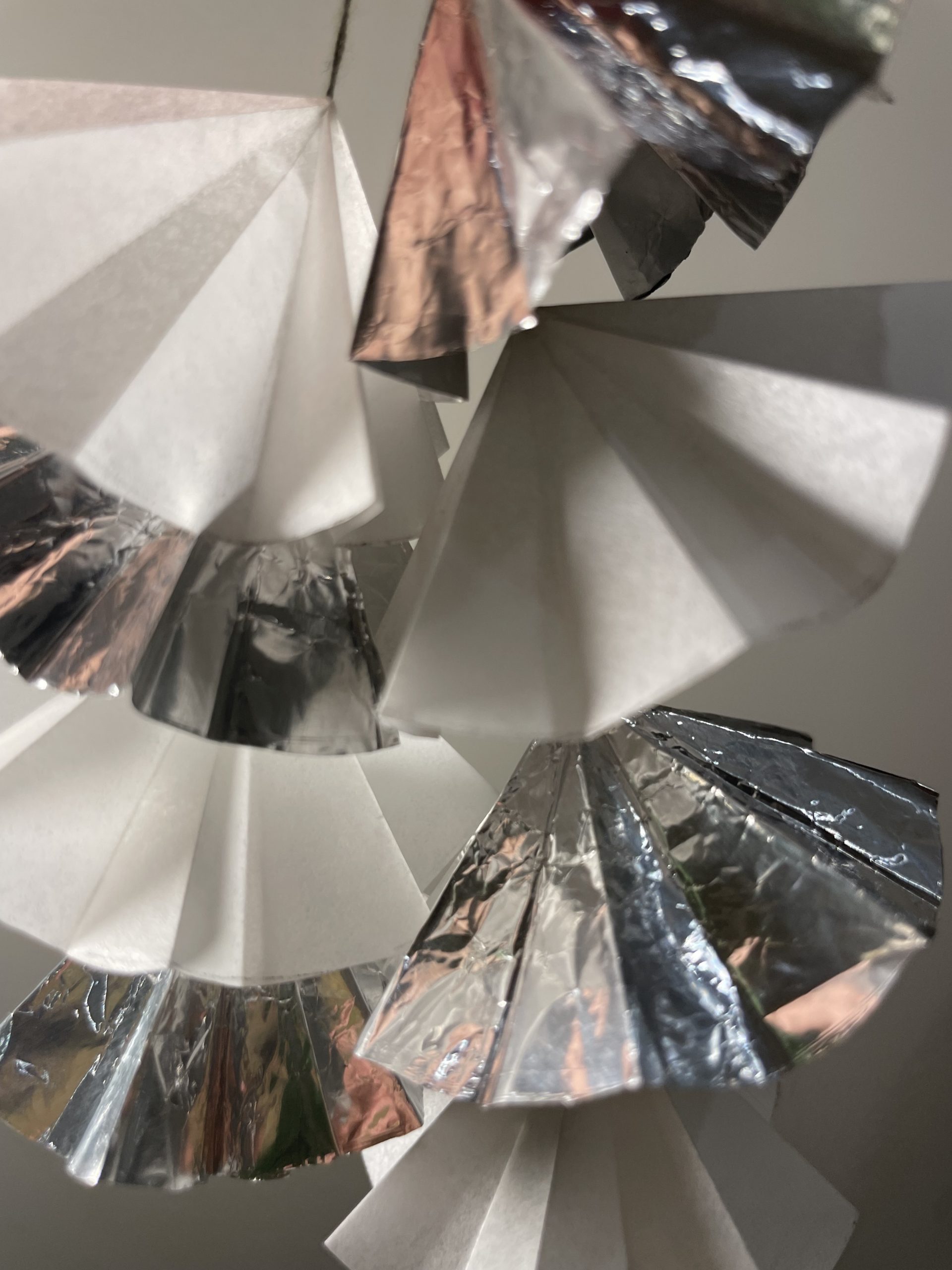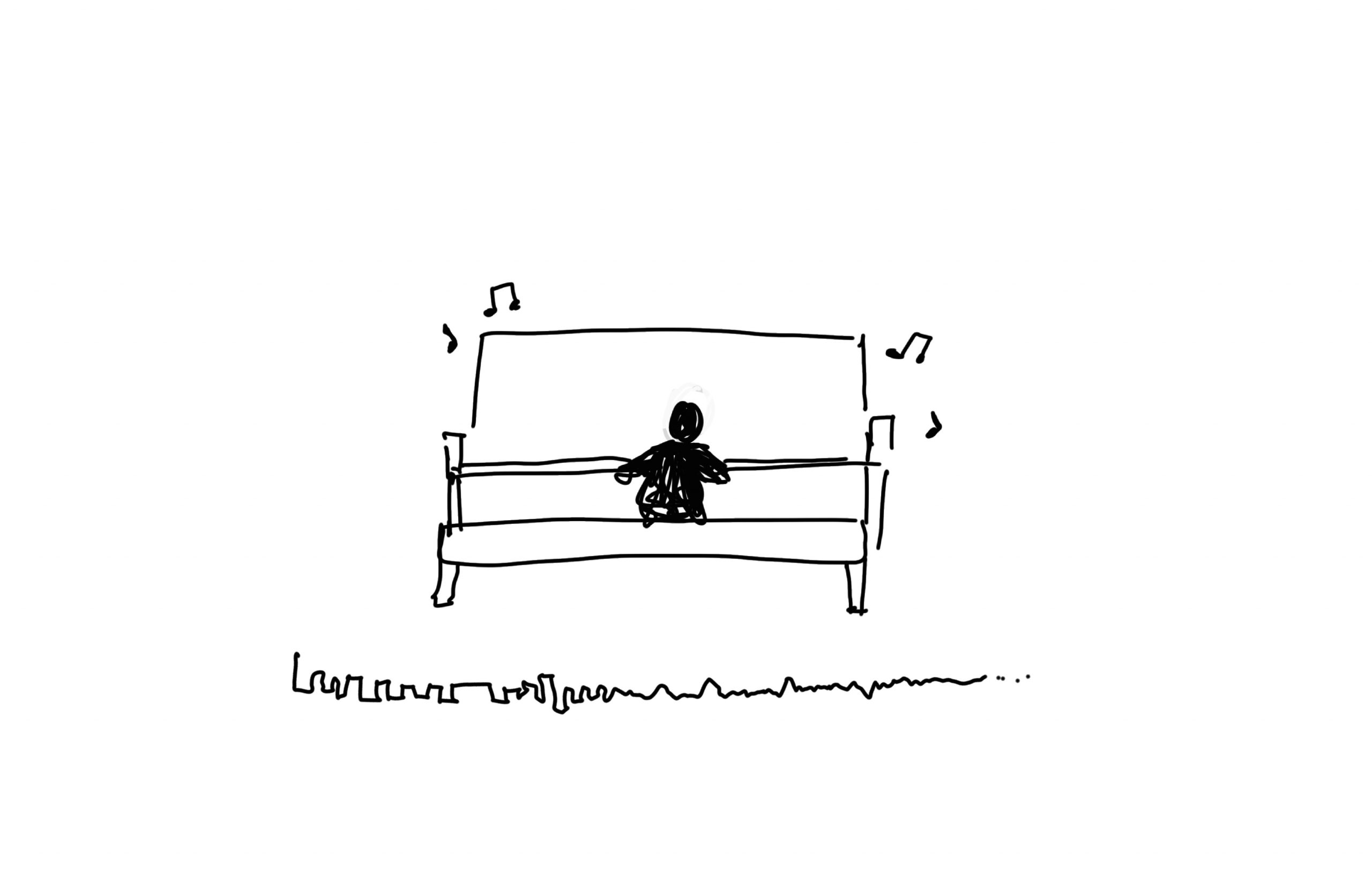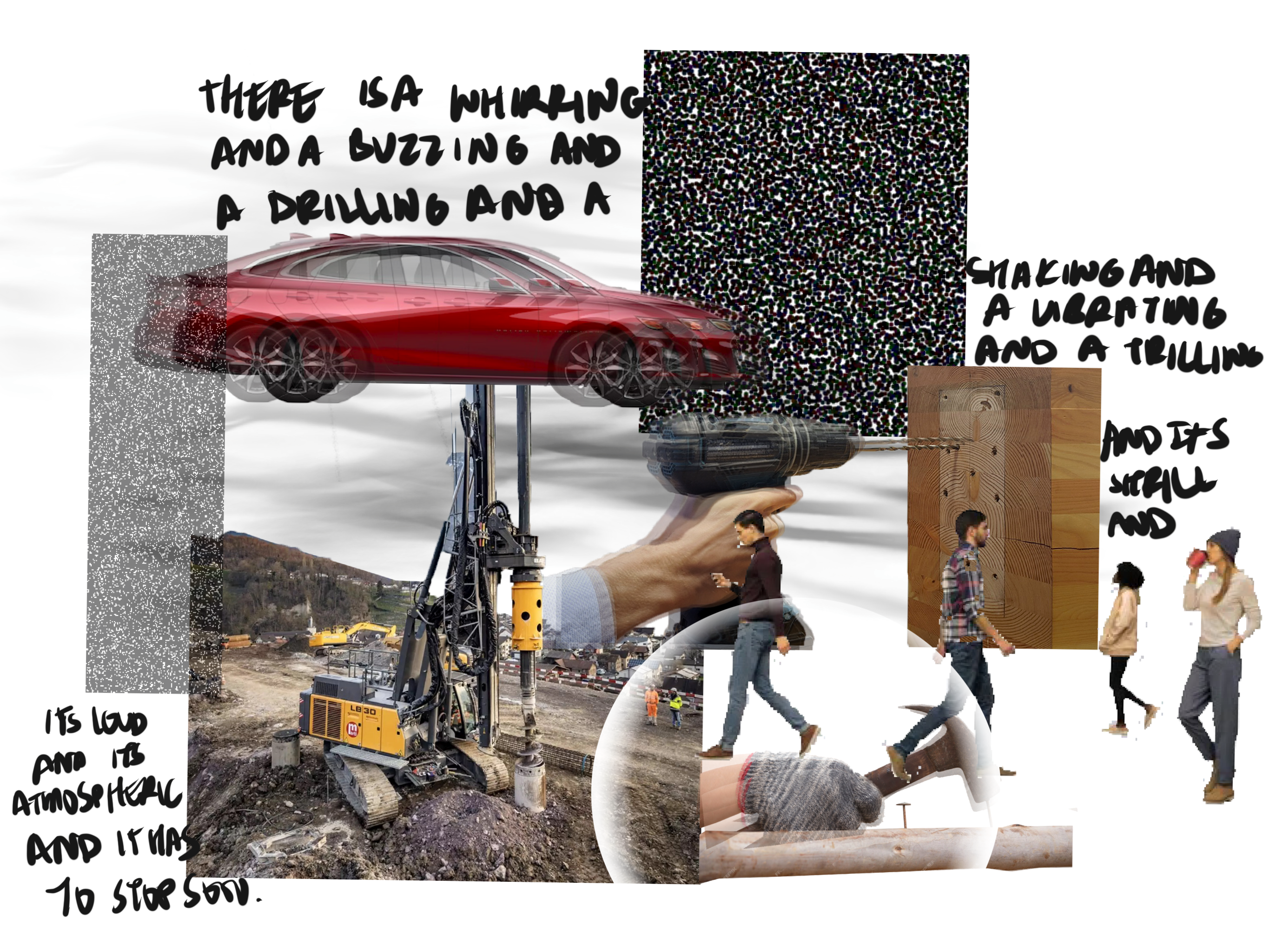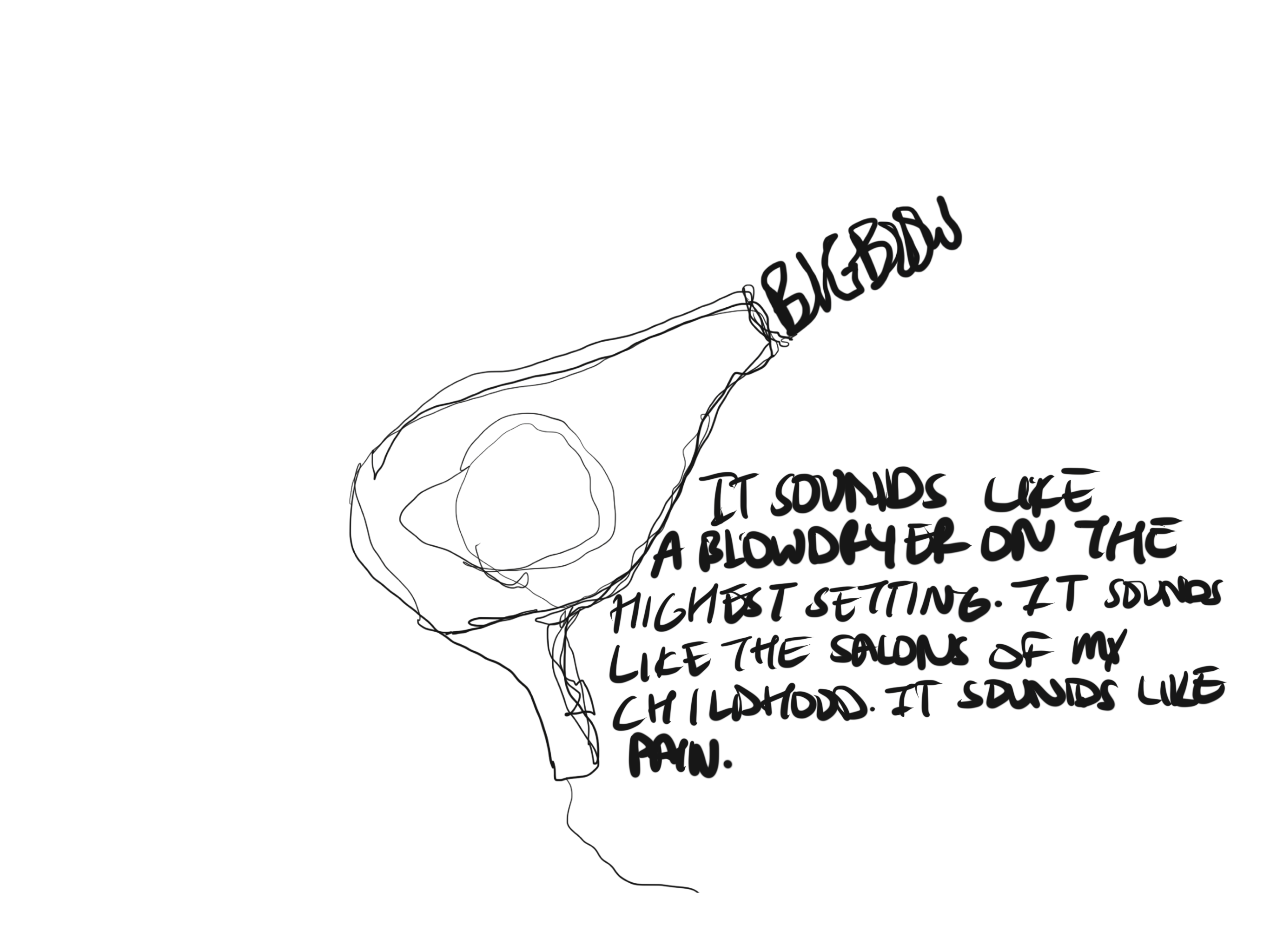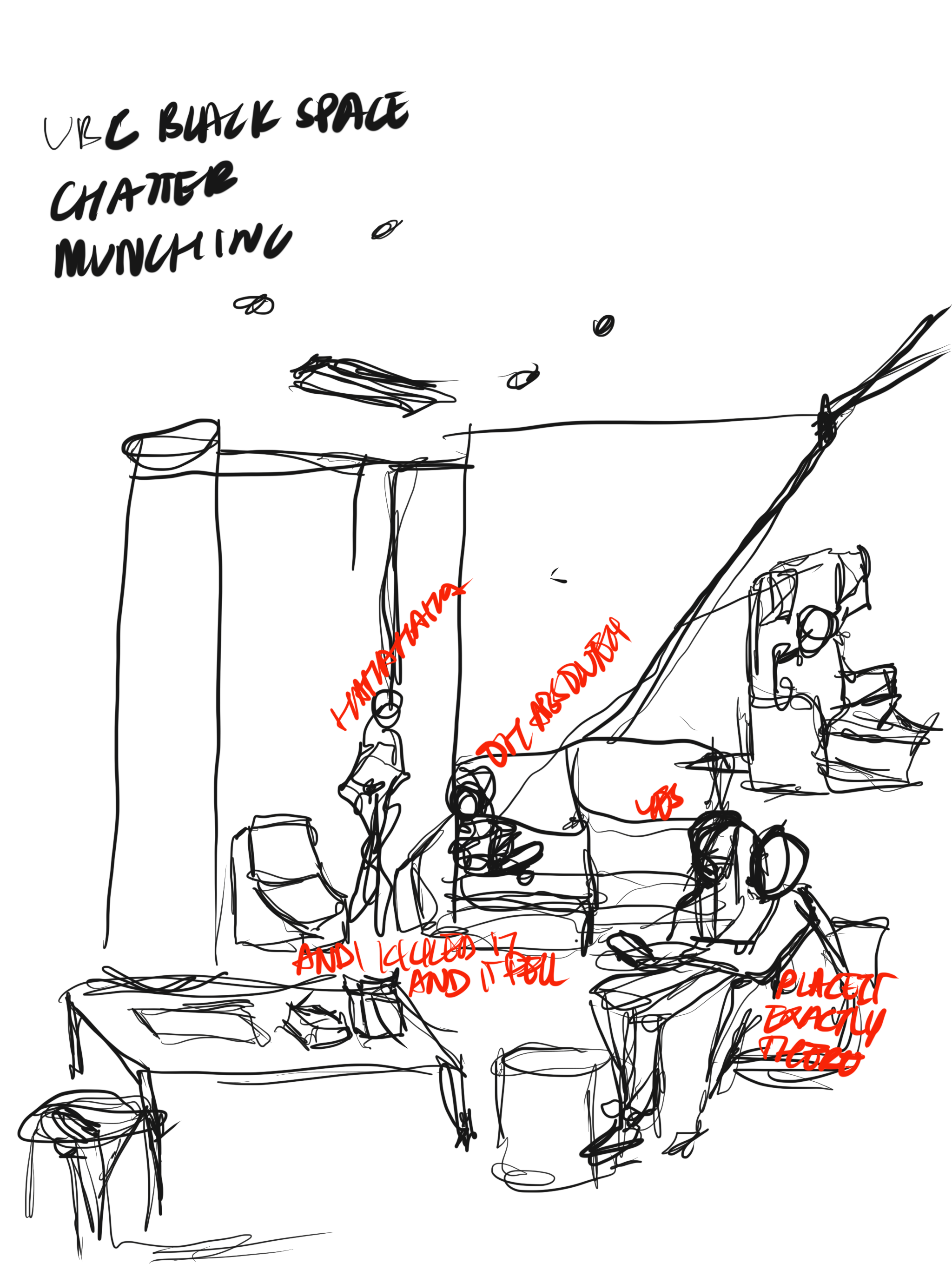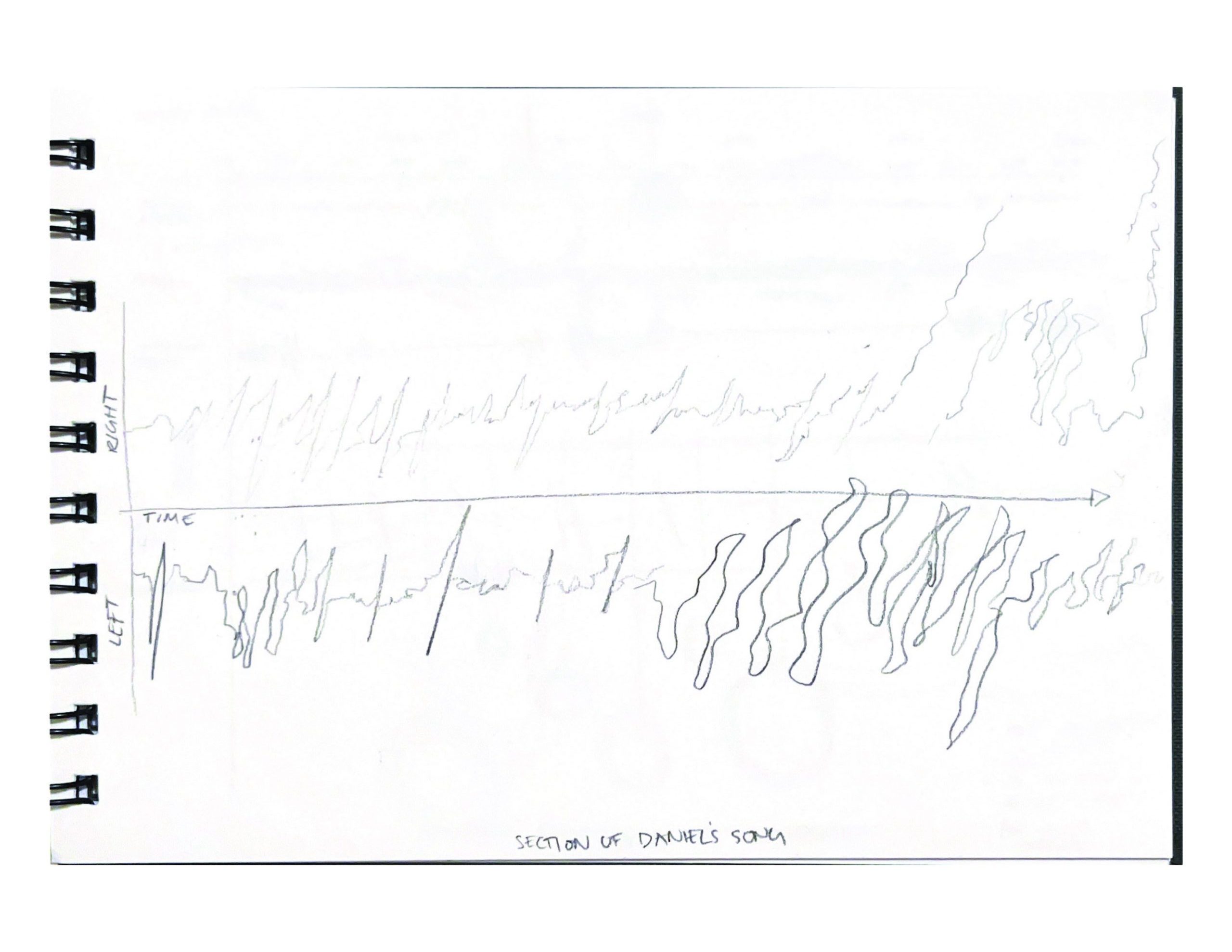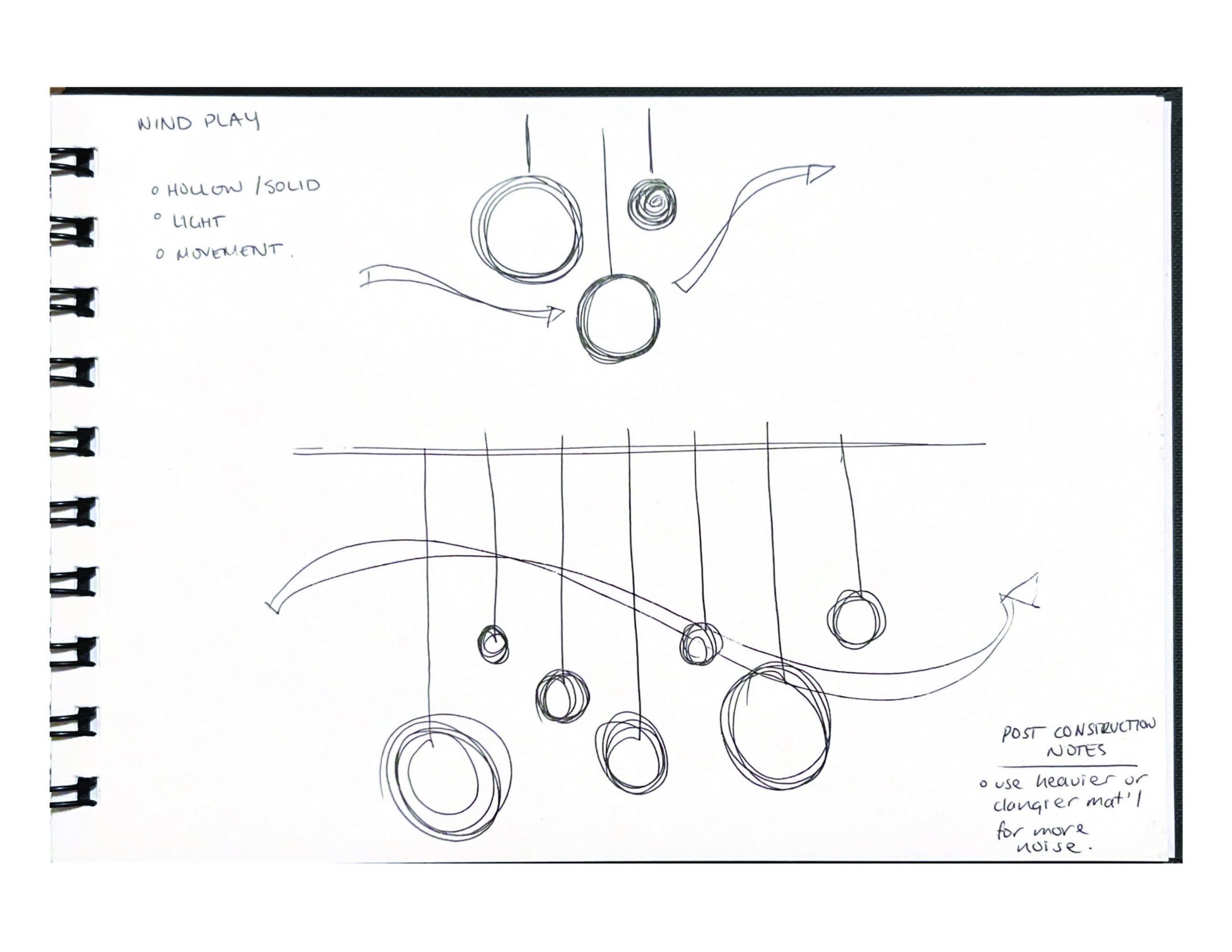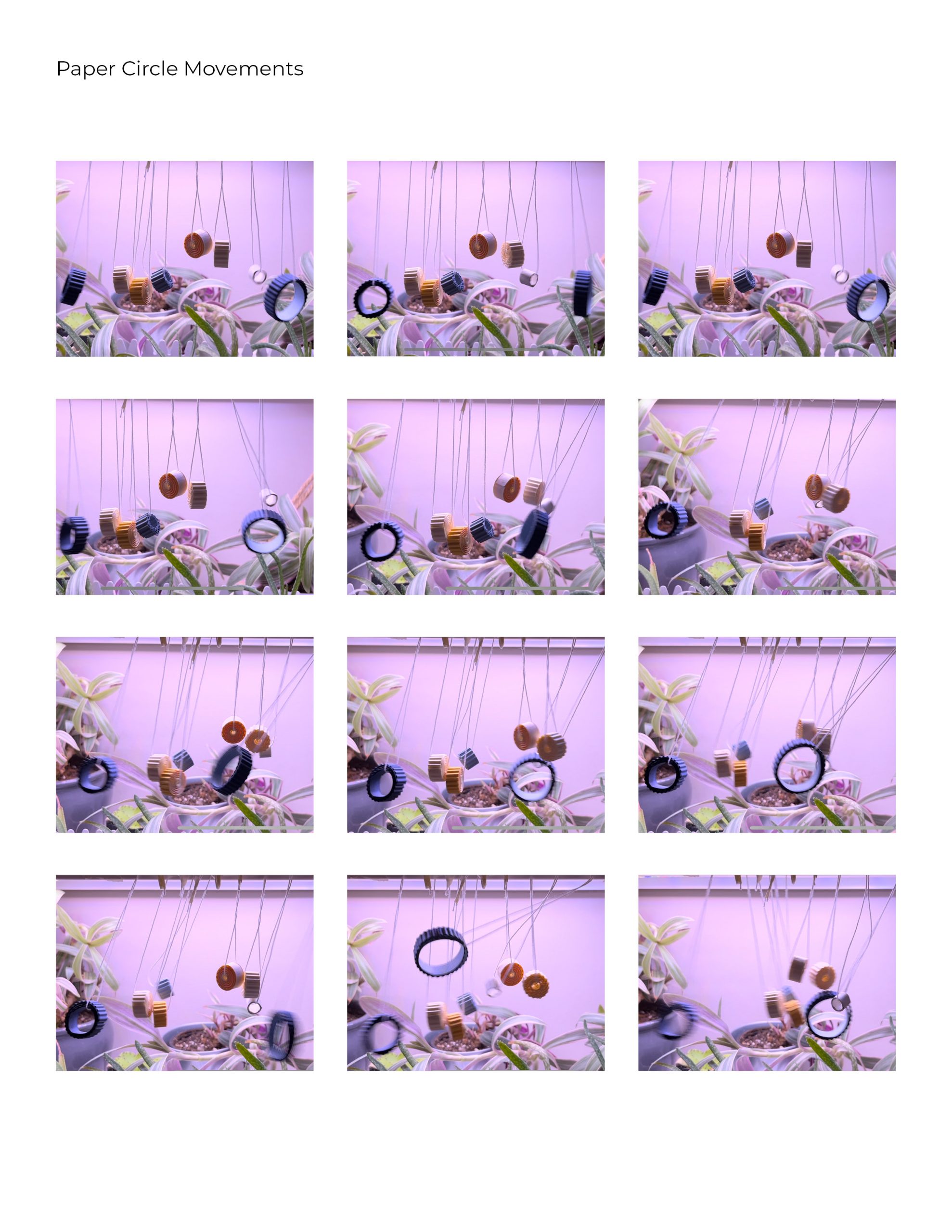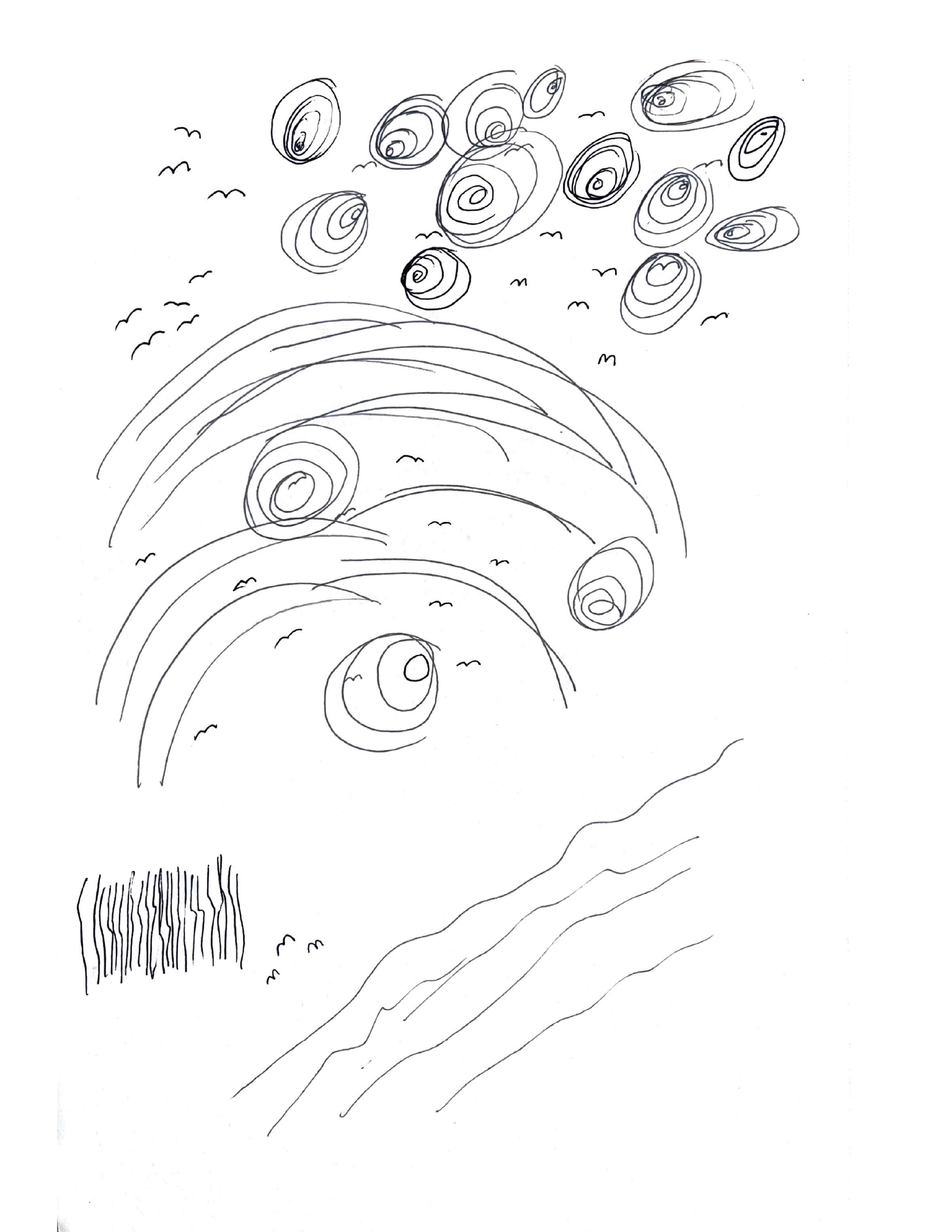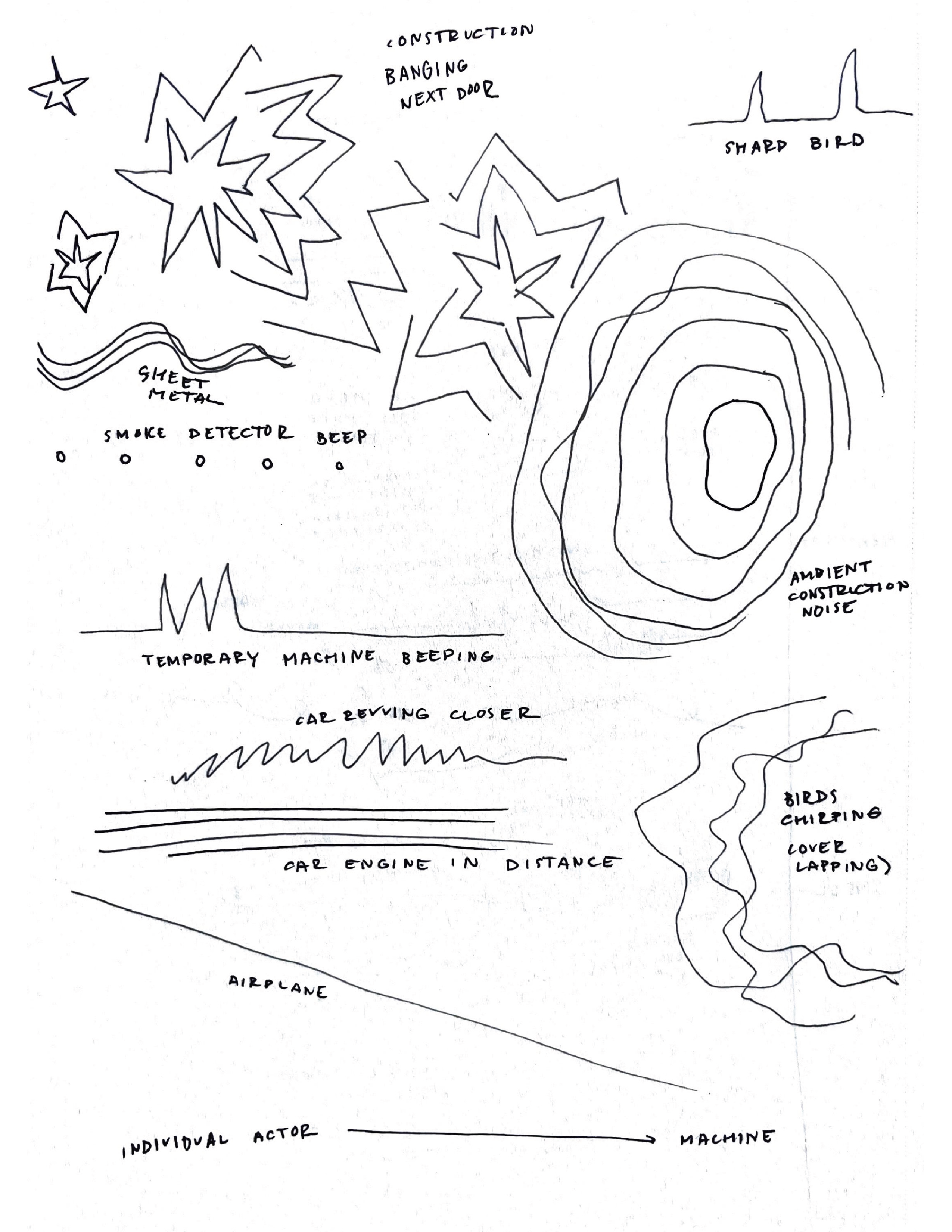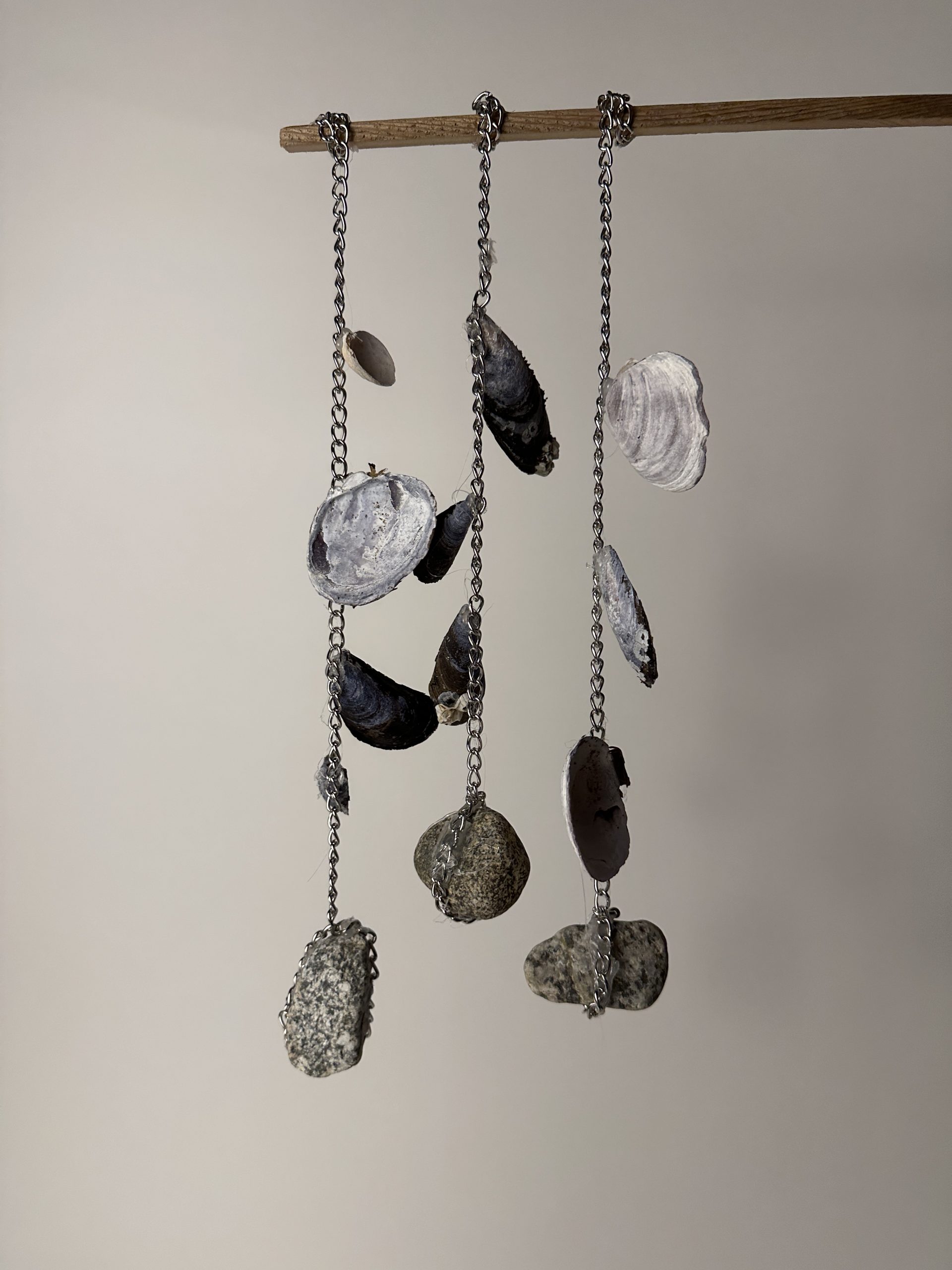Tuning In

I sat in Tea Swamp Park, which has a beautiful mature arbor of multiple kinds of persistent winter fruit. There are a lot of song birds that flit between the trees and the community garden, however, this site is wedged between two different construction sites and the busy traffic along 16th avenue.
I tried to draw the sounds using linework to express each instance of the chop saw, each blaring of the security alarm. the echo of the hammer and the doppler effect of the traffic beyond.
Wind Play
Across the street from Teaswamp Park, there is a building going up that has been pumping ground water out of the site continuously for six months (really). When they pulled down the church that stood across the street, the construction exposed the old piles that the original houses before the church used as foundations because this was a peat bog.

Peat bogs are particular ecologies that have a specific hydrological requirement. They both shed a lot of water and received a lot of water.
I thought a kind of aeolian pan flute might be a nice addition to the noise at Teaswamp Park. This initial sketch was exploring the relationships between the pipe depth, water levels and resonating lengths of the aeolian flute. These would be long brass tubes installed to the same depth across three typical heights of the topography of the park. When the wind is blowing and there is no birdsong to mix with the anthropogenic noise of construction and traffic, then there would be these tubes, vibrating as the wind cuts across them, in harmony with each other, and the note would be set by the level of the groundwater, celebrating the undergrounded hydrological history of the site.

This was my initial thought when sitting in the park.
Then I went home and thought about the beautiful canopy of the arbor that I drew in assignment 1. People sit under this arbour all summer long, where it is a good 10 degrees cooler than the open field.
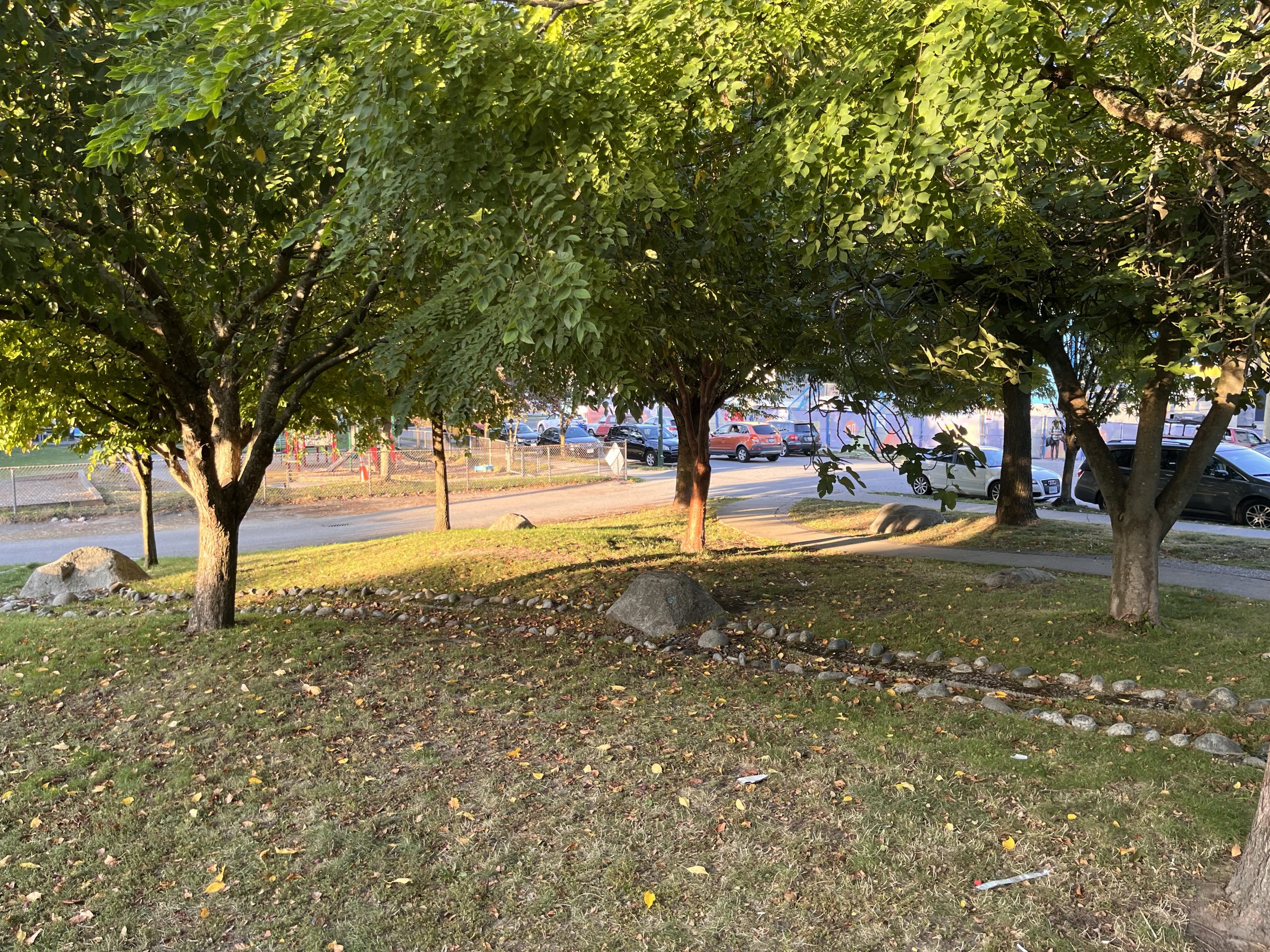

Using trace, thread and scissors, to keep the profiles as simple as possible, i thought about two simple moves to create a spinner to hanging in the canopy of the arbor, as a marker of the airflow boundaries that keep the cool air under the canopy


